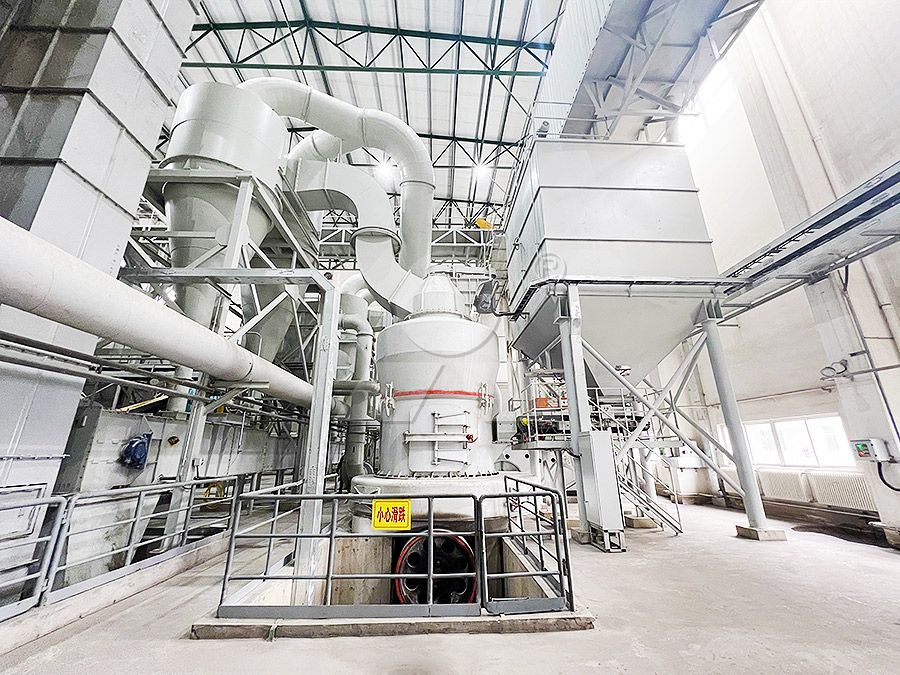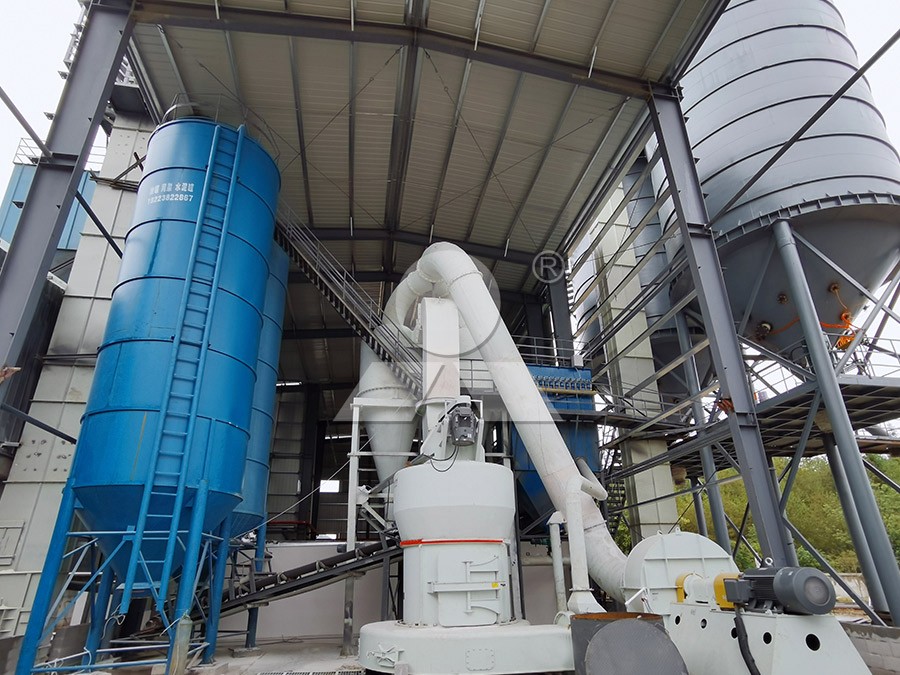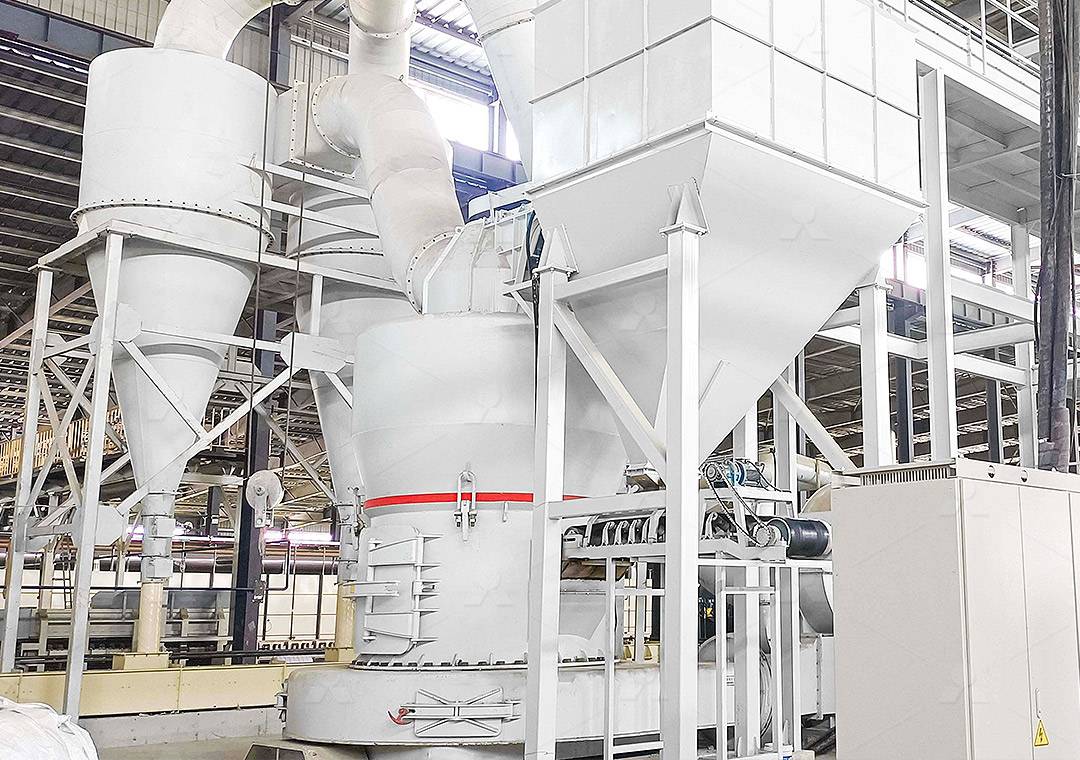Wet Grinding Mill for Mineral Processing: Efficient Particle Size Reduction
Wet Grinding Mill for Mineral Processing: Efficient Particle Size Reduction
In mineral processing operations, achieving optimal particle size reduction is critical for maximizing mineral liberation and recovery rates. Wet grinding mills have emerged as indispensable tools in this pursuit, offering significant advantages over dry grinding methods in many applications. The controlled environment of wet milling reduces dust generation, minimizes heat-related damage to sensitive minerals, and often delivers more efficient size reduction through improved material transport and classification.

The fundamental principle behind wet grinding involves suspending raw materials in a liquid medium, typically water, which facilitates the movement of particles through the grinding chamber. This liquid environment serves multiple purposes: it acts as a coolant to prevent thermal degradation of both the equipment and processed materials, transports ground particles to classification systems, and can even participate in chemical processes that enhance mineral separation.
Technical Considerations in Wet Grinding System Design
Effective wet grinding systems require careful consideration of several interrelated factors. Mill selection must account for ore characteristics including hardness, abrasiveness, and particle size distribution of the feed material. The grinding media—whether balls, rods, or coarse ore particles in autogenous grinding—must be matched to the specific application. Similarly, the rheological properties of the slurry significantly impact grinding efficiency, with optimal solids concentration varying based on material properties and target particle size.
Modern wet grinding circuits often incorporate advanced control systems that monitor critical parameters such as mill load, power draw, and particle size distribution in real-time. These systems enable operators to maintain optimal grinding conditions, maximizing throughput while minimizing energy consumption and media wear. The integration of efficient classification equipment, such as hydrocyclones or screens, ensures that particles are returned to the mill for further grinding only when necessary, preventing overgrinding and improving overall circuit efficiency.

Advanced Grinding Solutions for Challenging Applications
For operations requiring ultra-fine grinding, specialized equipment delivers exceptional performance. Our MW Ultrafine Grinding Mill represents a significant advancement in this domain. Engineered for customers who need to produce ultra-fine powder, this machine features an efficient pulse dust collector and muffler system that effectively reduces environmental impact. With an input size capability of 0-20 mm and capacity ranging from 0.5-25 tph, the MW Ultrafine Grinding Mill handles materials including limestone, calcite, dolomite, petroleum coal, gypsum, barite, marble, talc, and various industrial powders for chemical, paint, cosmetic, pharmaceutical, and food additive applications.
The innovative design of the MW Ultrafine Grinding Mill incorporates several proprietary technologies that enhance performance. Newly engineered grinding curves of the grinding roller and grinding ring significantly improve grinding efficiency. Comparative analyses demonstrate that with identical fineness and power input, production capacity exceeds that of jet grinding mills and stirred grinding mills by 40%, while delivering twice the output of traditional ball grinding mills. Remarkably, system energy consumption is reduced to just 30% of comparable jet grinding systems.
Operational Advantages in Mineral Processing
Wet grinding mills offer distinct benefits in mineral processing applications. The liquid environment effectively controls dust, a significant consideration in operations dealing with potentially hazardous materials. The cooling effect of the slurry allows for higher energy inputs without excessive temperature rise, which can alter mineral surfaces and adversely affect downstream processes like flotation. Additionally, the transport properties of slurries facilitate material handling between process stages, often reducing overall system complexity.
Another notable advantage lies in the MW Ultrafine Grinding Mill’s unique mechanical design. The absence of rolling bearings and screws within the grinding chamber eliminates concerns about bearing damage or sealing part failures. This design also prevents machine damage caused by loose screws, a common issue in traditional grinding equipment. With the lubricating device installed externally on the main shaft, lubrication can be performed without shutdown, enabling continuous 24-hour operation that is essential for mineral processing facilities.

The precision engineering extends to the powder selection system, where a cage-type powder selector employing German technology enhances separation accuracy. Configurable with multi-head cage-type selectors based on specific requirements for yield, fineness, and sieving rate, the mill achieves adjustable fineness between 325-2500 meshes, with screening rates reaching d97≤5μm in a single pass. This precision, combined with digitalized processing using numerically controlled machine tools for all cutting, bending, planing, milling, and paint spraying operations, ensures consistently high machining precision, particularly for core components.
Environmental and Economic Benefits
Modern wet grinding systems prioritize environmental stewardship alongside operational efficiency. The integration of efficient pulse dust collectors ensures no dust pollution during operation, while silencers and noise elimination rooms mitigate acoustic impact. The MW Ultrafine Grinding Mill operates fully in compliance with national environmental protection standards, demonstrating that high-performance mineral processing need not come at the expense of ecological responsibility.
From an economic perspective, the combination of higher throughput, reduced energy consumption, and minimal maintenance requirements delivers compelling operational cost savings. The assurance of sufficient spare parts supply and comprehensive technical support further enhances operational reliability, ensuring continuous production with minimal unplanned downtime.
Frequently Asked Questions
What are the primary advantages of wet grinding over dry grinding for mineral processing?
Wet grinding offers several benefits including dust suppression, better heat dissipation, more efficient transport of ground material, and often improved liberation characteristics for valuable minerals. The liquid environment can also prevent re-agglomeration of fine particles.
How does the MW Ultrafine Grinding Mill achieve such significant energy savings?
The energy efficiency stems from multiple design innovations: optimized grinding curves for the roller and ring assembly, an advanced cage-type powder selector that reduces recirculation of already-sized material, and the elimination of energy-intensive components like internal screws and rolling bearings within the grinding chamber.
What maintenance advantages does the external lubrication system provide?
With lubrication points accessible externally, routine maintenance can be performed without shutdowns. This design not only improves safety but also maximizes equipment availability, crucial for continuous mineral processing operations where downtime directly impacts production.
Can the MW Ultrafine Grinding Mill handle abrasive materials without excessive wear?
Yes, the mill incorporates wear-resistant materials in critical components and employs a grinding mechanism that minimizes direct metal-to-metal contact. The absence of internal screws and bearings in the grinding chamber further reduces wear points vulnerable to abrasive materials.
How does the mill achieve such precise control over final product fineness?
Precision fineness control is accomplished through an advanced cage-type powder selector with German technology, allowing operators to adjust parameters to achieve specific particle size distributions between 325-2500 meshes with high reproducibility.
